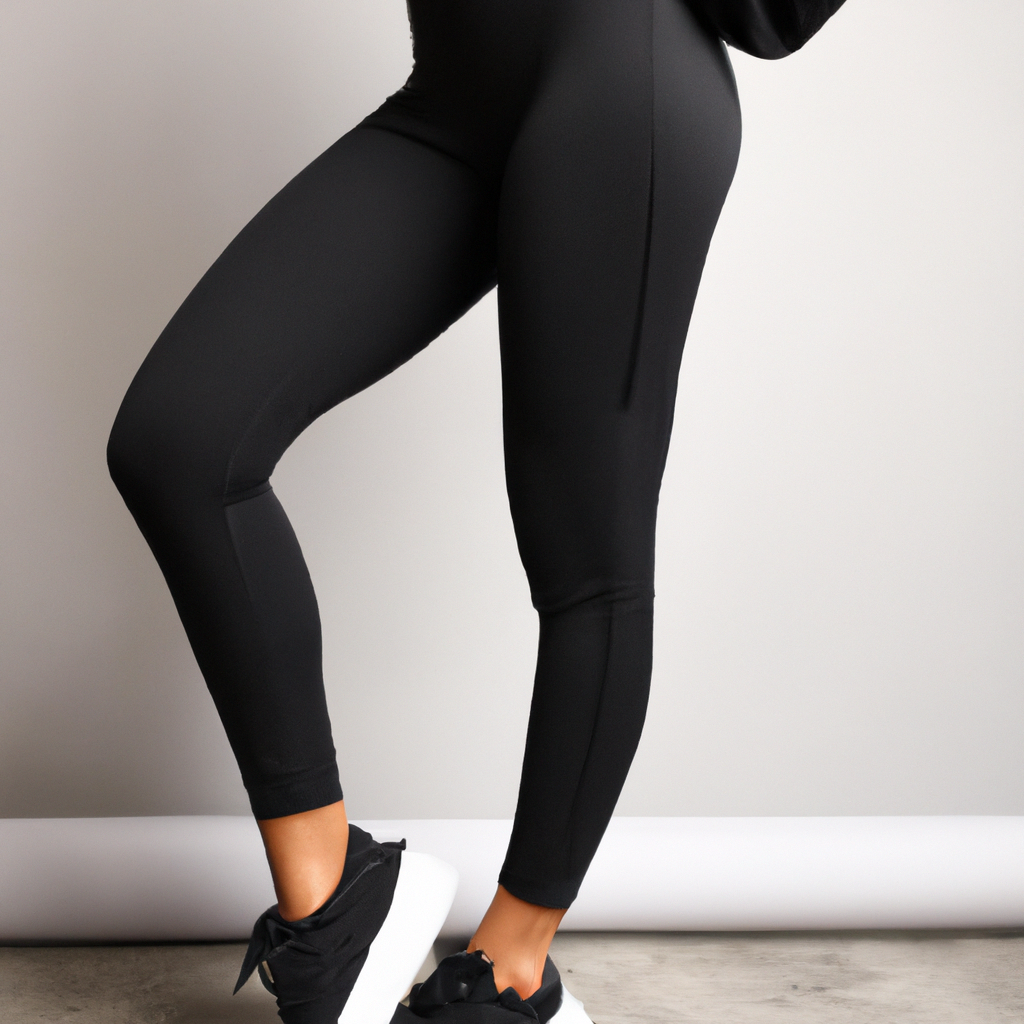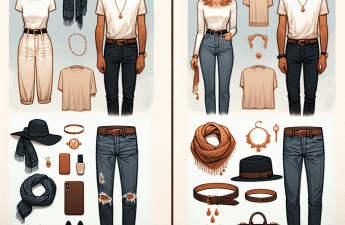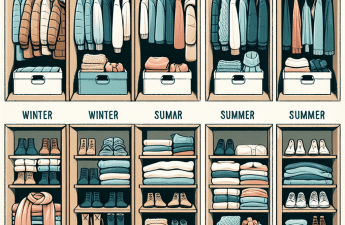The Evolution of Fashion: From Corsets to Athleisure
Have you ever wondered how the clothes we wear today came to be? Fashion is constantly evolving, influenced by various factors such as cultural shifts, historical events, and even technological advancements. Join me on a journey through time as we explore the fascinating evolution of fashion, from the restrictive corsets of the past to the trendy athleisure wear of today.
The Corset Craze: Constricted Elegance
In the 16th century, fashion was all about achieving the ideal female shape: a tiny waist and a generously accentuated bust. This societal obsession led to the rise of the corset, a garment notorious for its tight lacing that restricted movement and breathing. Women would wear corsets underneath their dresses, sacrificing comfort for the sake of fashion.
As time went on, the corset evolved to become even more extreme, reaching its peak popularity during the Victorian era in the 19th century. Corsets were constructed from whalebone or steel, tightly cinching the waist and creating an exaggerated hourglass figure. However, this fashion trend had detrimental effects on women’s health, causing fainting, difficulty in childbirth, and even organ displacement.
Letting Loose: The Roaring Twenties
The 1920s marked a significant shift in women’s fashion. The suffragette movement and the end of World War I brought about a newfound sense of liberation, which was reflected in clothing. Enter the flapper era. Women abandoned the restrictive corsets in favor of loose-fitting garments, short skirts, and dropped waistlines.
The iconic flapper dress, with its straight silhouette and fringed details, symbolized the newfound freedom and rebellious spirit of women. They could finally dance, move, and express themselves without the constraints of corsets, challenging societal norms and embracing a more relaxed lifestyle.
A Return to Functionality: Fashion Meets Function in World War II
The onset of World War II in the 1940s brought further changes to the world of fashion. Fabric rationing and the need for practicality led to a shift in clothing design. Women began wearing more tailored suits, functional dresses, and slacks, as they took on roles traditionally held by men in factories and other essential industries.
During this period, fashion became intertwined with patriotism. Utility clothing, characterized by simplified designs and minimal embellishments, emerged as a way for women to support the war effort. Additionally, the popularity of trousers for women skyrocketed, paving the way for more gender-neutral fashion choices in the years to come.
The Rise of Athleisure: Style Meets Comfort
Fast forward to the 21st century, and we find ourselves in the midst of a fashion revolution. Gone are the days when we had to sacrifice comfort for style. Enter athleisure, a trend that blends athletic wear with everyday fashion. Sweatpants, leggings, and sneakers are no longer reserved solely for the gym; they have become integral components of contemporary street style.
With the rise of athleisure, people can now stay comfortable without compromising style. Fashion brands have started incorporating sportswear elements into their collections, resulting in a plethora of options for those seeking a perfect balance between fashion and function. Whether you’re going for a run, grabbing coffee, or even attending a casual outing, athleisure provides a versatile and fashion-forward choice.
The Future of Fashion: Trends on the Horizon
So, what does the future hold for fashion? As technology continues to advance, we can expect innovative fabrics, sustainable materials, and personalized clothing experiences. Wearable technology, such as smartwatches and fitness trackers, will likely become even more integrated into our fashion choices, marrying style with practicality.
Furthermore, the fashion industry has been making strides towards inclusivity and diversity. Body positivity and gender fluidity are becoming more widely embraced, prompting fashion labels to expand their size ranges and create gender-neutral collections. The future of fashion is one that celebrates individuality and allows everyone to express their unique sense of style.
In conclusion, fashion and style have come a long way, transforming from the uncomfortable and restrictive corsets of the past to the versatile and inclusive fashion trends we see today. As we continue to evolve, it’s important to celebrate the rich history and ongoing innovation in the world of clothes and style. So, go ahead, embrace your personal style and celebrate the beauty of fashion!



